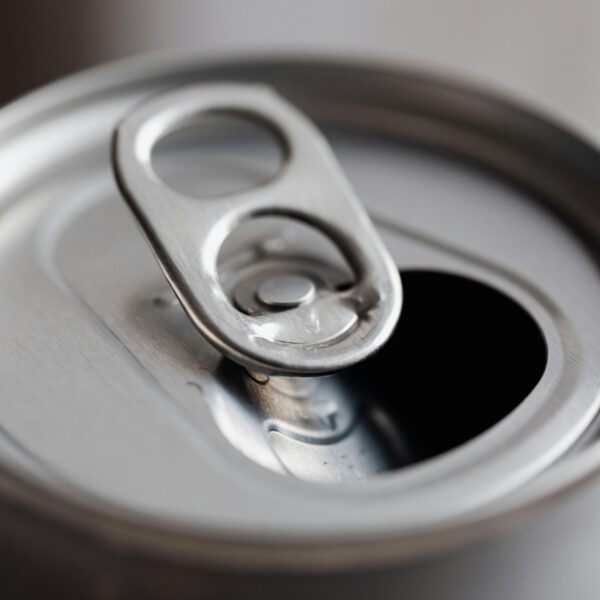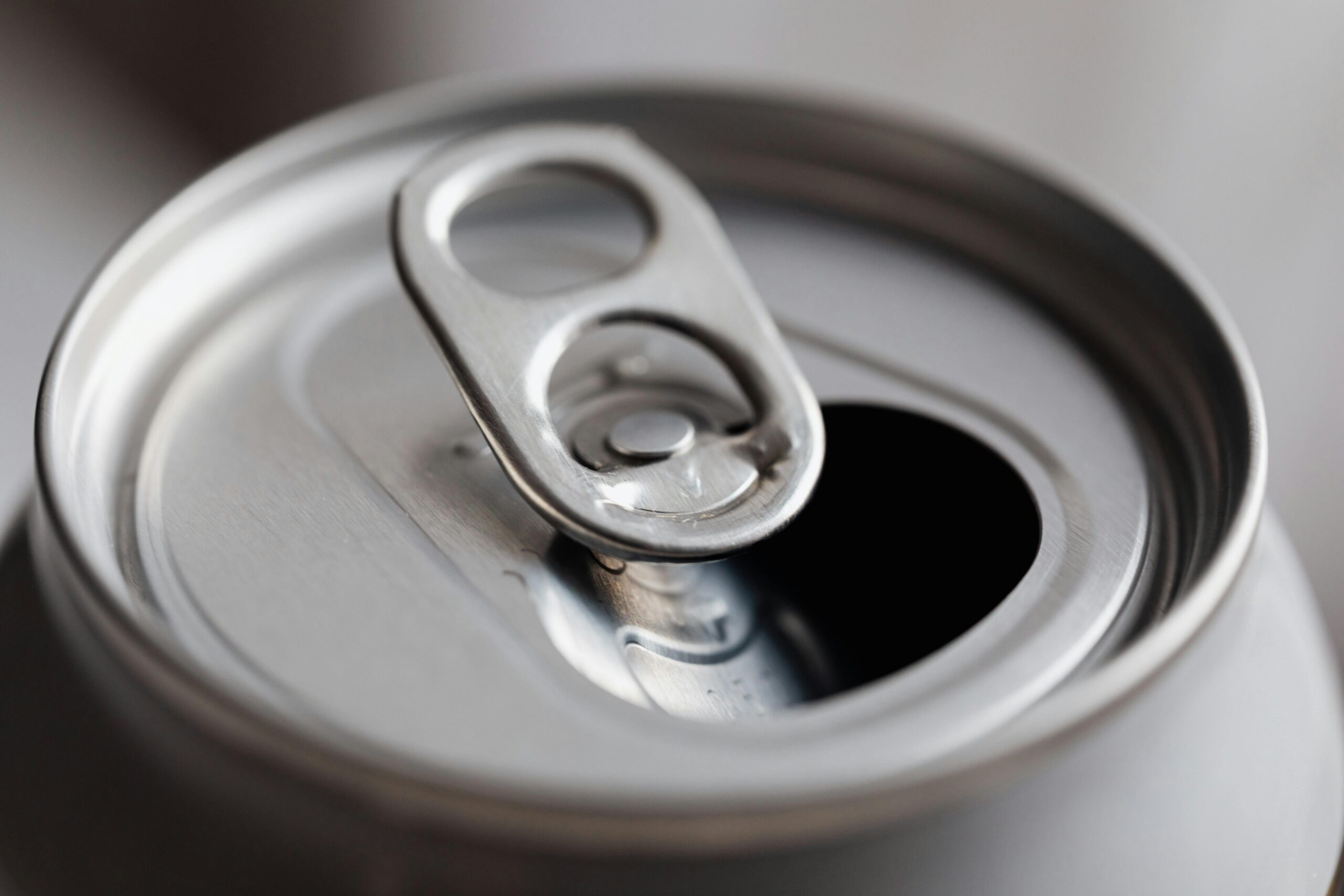Your cart is currently empty!
Report on the Scientific Quest to Reverse Human Aging
Introduction
The quest to reverse human aging has gained significant momentum in recent years, driven by advancements in biotechnology, genetics, and a deeper understanding of the biological mechanisms underlying aging. This report synthesizes current research efforts aimed at combating aging, highlighting key studies, methodologies, and potential implications for extending human lifespan and improving healthspan.
Understanding Aging
Aging is a complex biological process characterized by a gradual decline in physiological function and an increased risk of age-related diseases. Researchers have identified several key mechanisms that contribute to aging, including telomere shortening, cellular senescence, and mitochondrial dysfunction (López-Otín et al., 2013).
- Telomeres: Telomeres are protective caps at the ends of chromosomes that shorten with each cell division. When they become critically short, cells enter a state of senescence, contributing to aging and age-related diseases (Blackburn et al., 2006). Research by Shay and Wright (2019) suggests that therapies aimed at maintaining telomere length could potentially delay the aging process.
- Cellular Senescence: Senescent cells accumulate with age and secrete pro-inflammatory factors that can lead to tissue dysfunction. The removal of these cells, known as senolytics, has shown promise in preclinical studies for rejuvenating tissues and improving health outcomes (Baker et al., 2016).
- Mitochondrial Dysfunction: Mitochondria are the powerhouses of the cell, and their dysfunction is linked to aging. Research indicates that enhancing mitochondrial function may improve cellular health and longevity (Chistiakov et al., 2018).
Current Research Initiatives
Numerous research initiatives are underway to explore potential interventions for reversing aging:
- Genetic Interventions: Studies involving gene therapy aim to modify genes associated with aging. For instance, researchers are investigating the role of the SIRT1 gene, which is linked to longevity and metabolic regulation (Guarente, 2013).
- Stem Cell Therapy: Stem cells have the potential to regenerate damaged tissues and organs. Research by Conboy et al. (2013) demonstrates that young stem cells can rejuvenate aged tissues, suggesting that stem cell therapies could be a viable approach to combat aging.
- Caloric Restriction and Fasting: Caloric restriction has been shown to extend lifespan in various organisms. Research indicates that intermittent fasting may activate cellular repair processes and improve metabolic health, potentially delaying aging (Longo & Mattson, 2014).
Implications for Healthspan and Lifespan
The implications of reversing aging are profound. Extending healthy lifespan, or healthspan, could reduce the burden of age-related diseases, improve quality of life, and decrease healthcare costs. As researchers continue to uncover the biological underpinnings of aging, the potential for developing effective anti-aging therapies becomes increasingly plausible.
Conclusion
The scientific quest to reverse human aging is a rapidly evolving field with promising research initiatives. By understanding the mechanisms of aging and exploring innovative therapies, researchers aim to extend both lifespan and healthspan. Continued collaboration and investment in this area of research will be crucial for translating these findings into practical applications that can benefit society.
References
- Baker, D. J., et al. (2016). “Cellular senescence in aging and age-related disease: from mechanisms to therapy.” Nature Reviews Molecular Cell Biology, 17(1), 1-16.
- Blackburn, E. H., et al. (2006). “Telomeres and telomerase: a review.” Current Opinion in Cell Biology, 18(3), 310-316.
- Chistiakov, D. A., et al. (2018). “Mitochondrial dysfunction in aging and age-related diseases.” Frontiers in Genetics, 9, 1-12.
- Conboy, I. M., et al. (2013). “Rejuvenation of aged progenitor cells by exposure to a young systemic environment.” Nature Cell Biology, 15(6), 666-674.
- Guarente, L. (2013). “Caloric restriction and aging: a role for SIRT1?” Nature, 493(7432), 346-352.
- López-Otín, C., et al. (2013). “Epidemiology and molecular mechanisms of aging.” Cell, 153(6), 1194-1217.
- Longo, V. D., & Mattson, M. P. (2014). “Fasting: molecular mechanisms and clinical applications.” Cell Metabolism, 19(2), 181-192.
- Shay, J. W., & Wright, W. E. (2019). “Telomeres and telomerase: a review.” Current Opinion in Cell Biology, 58, 1-7.
This report provides an overview of
TheHill.com Just In Unbiased Politics News
- Trump defends Argentina talks: ‘They’re fighting for their life’by Tara Suter on October 20, 2025 at 1:12 PM
President Trump late Sunday defended Argentina as his administration is looking to secure $40 billion in financial assistance for the country. “Argentina’s fighting for its life, young lady, you don’t know anything about it,” Trump told a reporter on Air Force One in response to a question. “They’re fighting for their life. Nothing’s benefiting Argentina.”…
- Watch live: Johnson, Republicans address reporters on shutdown’s 20th dayon October 20, 2025 at 1:00 PM
Speaker Mike Johnson (R-La.) and other Republicans will address reporters on Monday morning with the government shutdown in its 20th day. Johnson has been showing his anger as he becomes perhaps the most prominent Republican figure in the GOP’s shutdown fight, marking a notable shift for the famously even-tempered Speaker. Johnson will be joined by…
- Speaker Johnson must swear in Rep.-elect Grijalva now by Austin Sarat, opinion contributor on October 20, 2025 at 1:00 PM
The embarrassing spectacle of House Speaker Mike Johnson’s refusal to do his duty and swear in a newly elected Democratic member of Congress is more fuel for the public’s cynicism and disillusionment with American politics. And it does not serve the House of Representatives well.
- San Jose Sharks apologize after pro-ICE message appears during Hispanic Heritage Nightby Tor Smith on October 20, 2025 at 12:58 PM
The team said the message “was not detected during our standard review process.”
- Shrapnel damaged vehicle during Marine Corps demonstration: California Highway Patrolby Max Rego on October 20, 2025 at 12:44 PM
Metal shrapnel from an explosive artillery shell damaged a California Highway Patrol (CHP) vehicle during a Marine Corps live-fire training demonstration on Saturday near a major highway, the patrol said. The incident occurred along Interstate 5 near Camp Pendleton in San Diego County. Vice President Vance and Defense Secretary Pete Hegseth were at the base…
Featured Articles
Search
Author Details














Leave a Reply